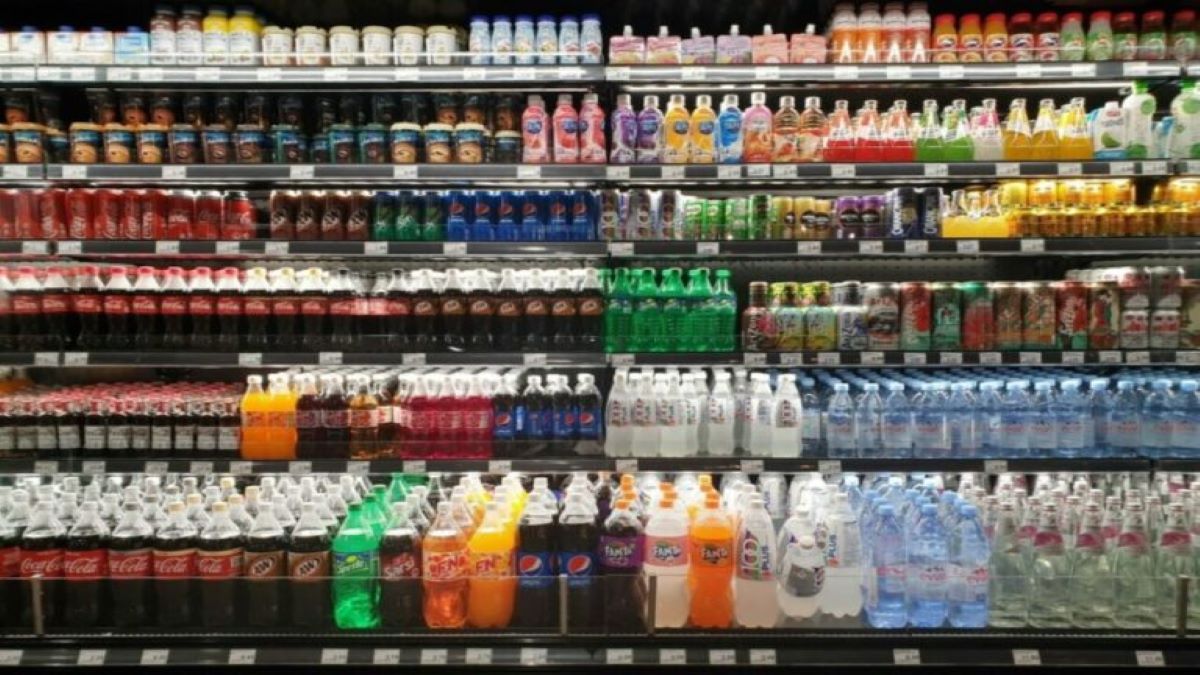
July 19, 2021
Picture this; you’re sitting outside on a hot summer day, relaxing and casually sipping from a bottle of your favorite soft drink. Within a few minutes, you notice your soft drink is no longer cool and refreshing but is quickly becoming warm and flat. How irritating. If only you had purchased your soda in a metal can, your drink might have stayed cooler and not become spoiled from exposure to the hot summer sun. This difference between how the two soft drink containers respond to sunlight and a hot summer temperature can be attributed to their thermal properties.
A material can be characterized as “hot” based on the amount of movement and vibration of its atoms. Everything is composed of atoms, many of which are clumped together in unique arrangements to form molecules. A material will appear as hot when these atoms or molecules are rapidly vibrating and bouncing around. Heat transfers between two materials when the fast-moving atoms of a hotter material collide with the slower moving ones present in a cooler material. The warmer material will transfer some of its “heat energy” to the colder material triggering its atoms to move faster and begin to warm up. This heat transfer will continue until the two materials have reached a stable equilibrium temperature. This thermal mechanism explains why a hot cup of coffee will cool down if left out on the counter for an extended period of time. The hot and fast-moving coffee molecules bump into slower moving air molecules and start to decrease in vibration. The only way to restrict this energy and heat flow is to isolate a material from its surrounding environment. If there are fewer surrounding molecules for the fast-moving atoms of the hot material to bump into, it will retain its energy longer, thus keeping the entire material hotter.
A material’s ability to effectively transfer heat or “thermal energy” to another material relies heavily on its thermal conductivity. Thermal conductivity provides a measurement for how well a material can conduct or transfer heat. This thermal measurement is expressing the amount of power transferred per unit of distance per degree of temperature. In the MKS system, the units are Watts per meter Kelvin or W/(m/K). Metals generally exhibit high thermal conductivities and are much quicker to respond to a change in their surrounding environment’s temperature compared to plastics or foams. Plastic is classified as an insulator and is extremely slow to respond to a change in the surrounding temperature. The difference in metal and plastic’s observed thermal conductivities can be explained by how metal feels colder to touch compared to a piece of plastic. When you touch an object made of metal, energy is conducted away from your fingers to the metal, causing you to experience a cooling sensation. This is due to your body temperature being higher than that of the metal, which, upon contact with your hand, will start to increase due to the metal atoms beginning to vibrate and move faster. Plastics have the opposite effect upon contact with your hand and can even appear to be warm to the touch. This is due to plastic’s low thermal conductivity, which restricts quick heat transfer from your hand to the plastic.
Most plastic has an average thermal conductivity of approximately 0.02-0.05 W/(m/K), which is an astonishing difference of five orders of magnitude from aluminum’s thermal conductivity. This means that aluminum transfers a 100,000x’s more heat per unit of distance than an object made of plastic when both are exposed to the same environmental temperature. This extremely low thermal conductivity results from the electrons in plastic being tightly bound to their respective molecules, so they demand a significant amount of energy to be moved. Since thermal energy is transferred through vibrating molecules colliding with one another, most plastics are poor heat conductors due to their atoms’ inability to vibrate quickly. The thermal conductivity of Styrofoam is even lower than conventional plastic due to the abundance of trapped air bubbles in the material that restrict energy flow even more. Styrofoam has a very low thermal conductivity of approximately 0.33W(m/K). It is an excellent plastic to use for holding hot beverages because it will protect your hand from getting too hot even after an extended period.
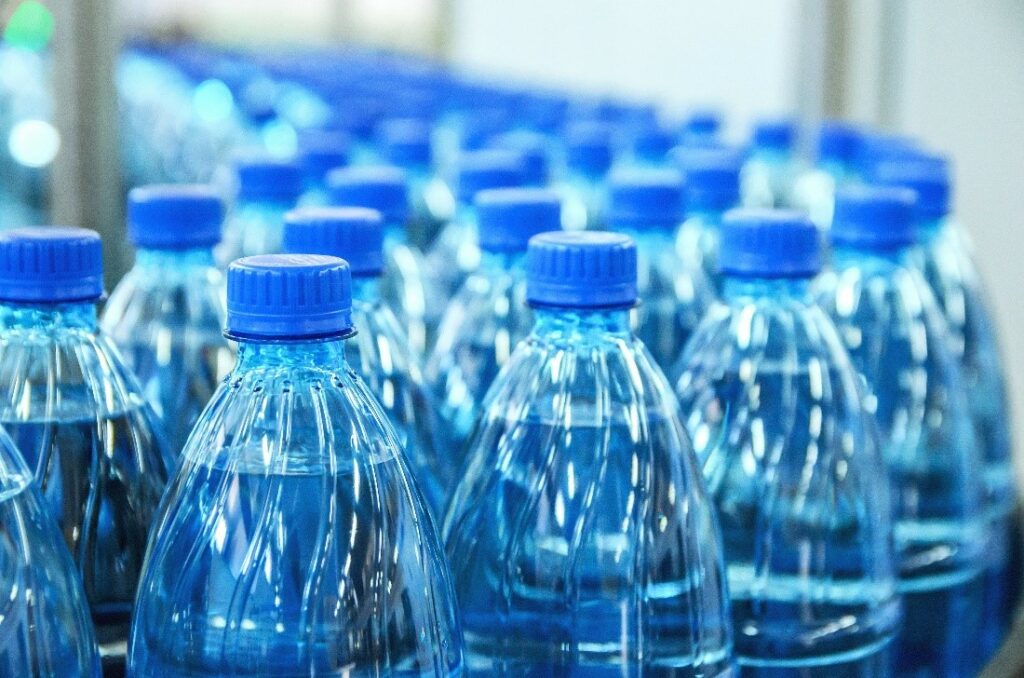
Figure 1: Plastic water bottles getting filled in a production line.
Water and soft drinks account for the majority of beverages that are packaged in clear plastic bottles. If these bottles are placed in direct sunlight, UV rays can permeate through the plastic and reach the liquid inside the bottle. The bottle also acts as a magnifying lens and concentrates the sunlight inside the bottle even more. This effect can more than compensate for the difference in thermal conductivity between plastic and metal, significantly reducing the plastic’s insulating properties. As a result, the liquid inside of the plastic bottle will warm faster than if it was in an opaque metal container.
Using plastic for beverage containers can inflict some severely negative environmental impacts on our planet. Every day in the USA alone, over 60 million plastic bottles are produced, transported and disposed of. Most of these bottles will end up in a landfill due to the low recycling rate of plastic and their short re-usability. Plastic water bottles that do end up in these landfills can take up to nearly 700 years before they begin to decompose. Not only do they take dozens of lifetimes to break down, but they also leach harmful chemicals when exposed to high temperatures or sunlight. This is another reason why metal should be the beverage container of choice when out on a hot summer day compared to a conventional plastic water bottle.
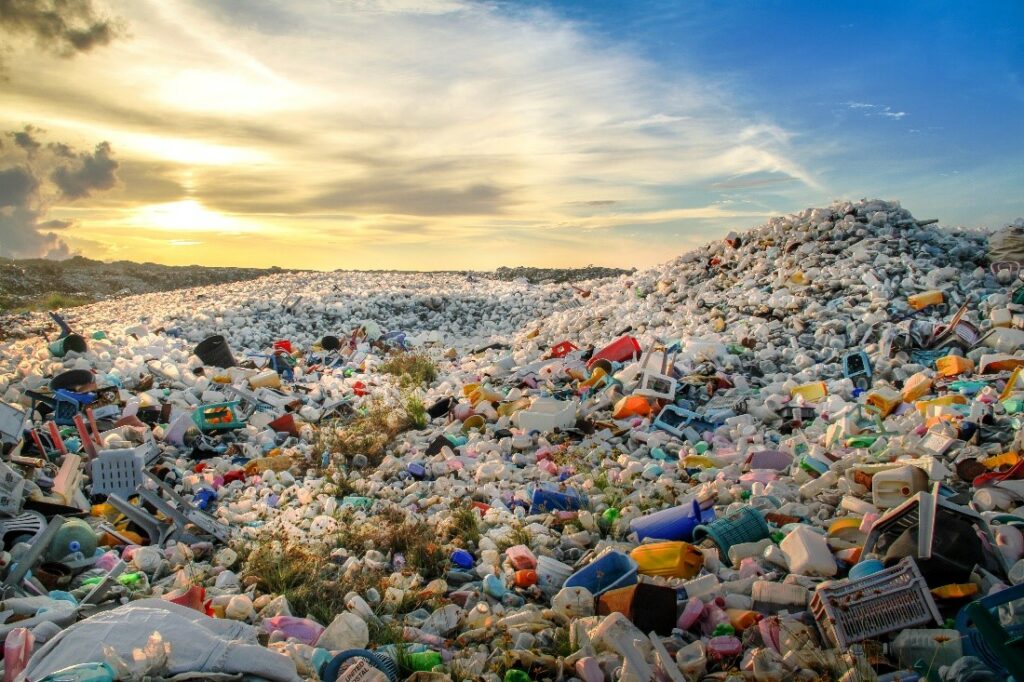
Figure 2: Plastic bottle and metal can waste.
The majority of metal cans that are manufactured and designed for holding liquids are made of aluminum. Aluminum has a thermal conductivity of 205 W/(m/K), which is substantially higher than any plastic material currently being produced. Cans are an excellent option for cooler storage because, in a confined space, air currents are less of a temperature controlling factor, so the elevated thermal conductivity of aluminum allows for a faster and more effective heat transfer between the cold fridge air and the warmer beverage to cool it more quickly. Metals are excellent conductors of heat largely due to the loosely bound electrons on their atoms, which will readily vibrate and move under a heat source’s influence. This same structural feature gives metal its high thermal conductivity as the free moving electrons can more easily distribute thermal energy throughout the material.
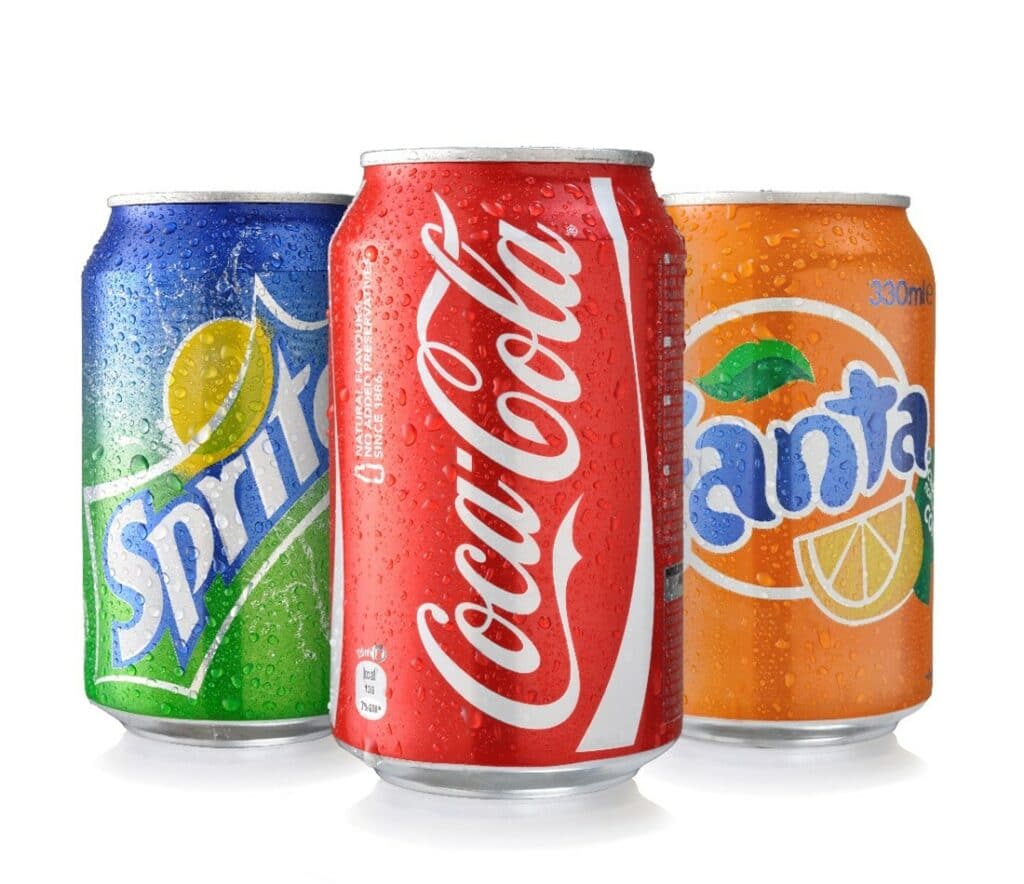
Figure 3: Conventional aluminum cans designed for holding soft drinks.
Thermoses are an excellent option for keeping a beverage at a stable temperature. They gain most of their insulating properties from having a vacuum sealed double wall. This vacuum traps hot or cold air escaping from the liquid and leaking into the surrounding environment. Heat is very easily transferred through air, so insulation is required to keep the liquid’s temperature stable. When there is no heat transfer occurring between the liquid and the environment, the temperature of the liquid will be more reluctant to change. Although the exterior of many thermoses is made out of metal, they frequently incorporate multiple layers of plastic into their design. The inclusion of plastic is due to its lower thermal conductivity, which will further reduce the amount of heat transfer.
Until recently, a large number of metal bottles and food containers that were made of steel that also incorporated a protective coating of galvanized steel for protection against rust, corrosion and weakening of the metal. This coating consists of a protective zinc layer surrounding a thicker metal which in most cases is steel or iron. The thermal conductivity of galvanized steel is 52 W/(m/K) which is on par with the thermal conductivity of most steel materials. The majority of manufactures have moved away from using galvanized steel for making beverage containers due to the USDA deeming the material as unsafe to serve food and drinks in because there is a risk that a substantial amount of the zinc coating could dissolve into the beverage depending on its acidity.
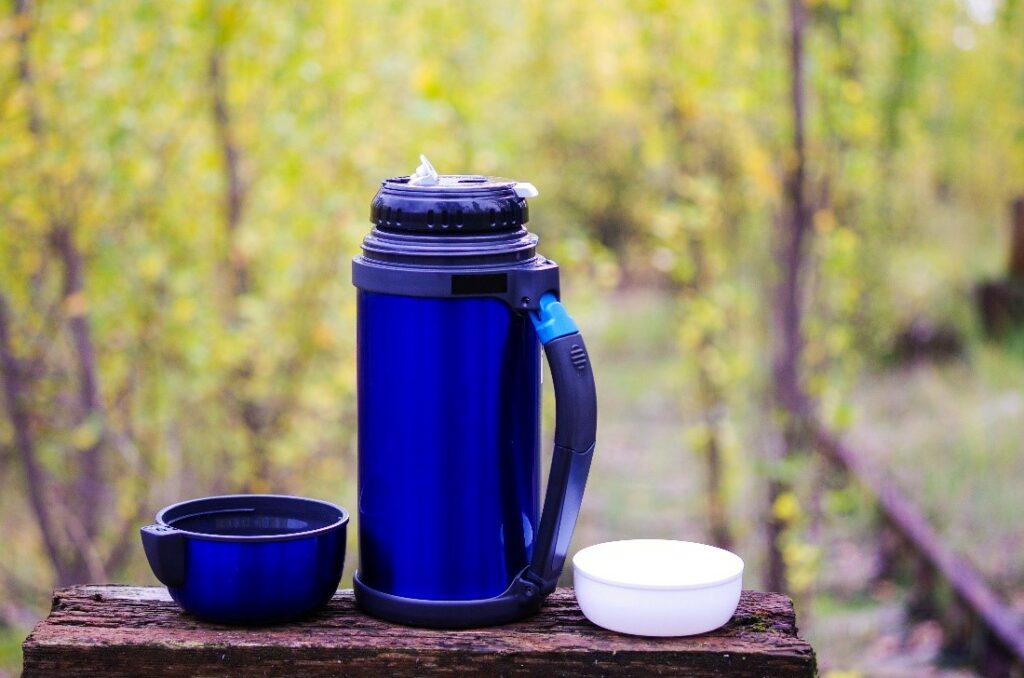
Figure 4: Standard plastic thermos design with vacuum sealed interior walls designed to keep beverages warmer or colder.
Materials that have either a high or a low thermal conductivity can be a good choice for keeping your beverage cool depending on the situation at hand. Metal cans will cool down substantially faster when placed in a refrigerator due to the rapid transfer of hot and cold air that is occurring between the warmer metal can and the cool surrounding air in the fridge. On the other hand, when a metal can is placed in direct sunlight; it will begin to heat up extremely fast compared to a plastic bottle that restricts the energy transfer from the hot air to the liquid. These difference in the materials response to a change in temperature can be analyzed by comparing the thermal conductivity of plastic vs metal materials. Reusable beverage containers such as a thermos can harness the thermal properties of both metal and plastic and are the most effective temperature regulators for keeping a drink hot or cold for longer.
Author: Kallista Wilson | Junior Technical Writer |Thermtest
(n.d.). Retrieved October 05, 2020, from http://scienceline.ucsb.edu/getkey.php?key=4723
Andy Northrop, M. (2018, October 02). Steel, Glass, and/or Plastic Bottles: What is the best choice? Retrieved October 05, 2020, from https://www.canr.msu.edu/news/steel_glass_and_or_plastic_bottles_what_is_the_best_choice
Deziel, C. (2019, March 02). Does a Drink Stay Colder in a Metal Can or a Plastic Bottle? Retrieved October 05, 2020, from https://sciencing.com/drink-metal-can-plastic-bottle-5518851.html
How Does a Thermos Work? (n.d.). Retrieved October 05, 2020, from https://www.wonderopolis.org/wonder/how-does-a-thermos-work
What is the Best Water Bottle Type? (n.d.). Retrieved October 05, 2020, from https://www.aquasana.com/info/education/bottle-battle